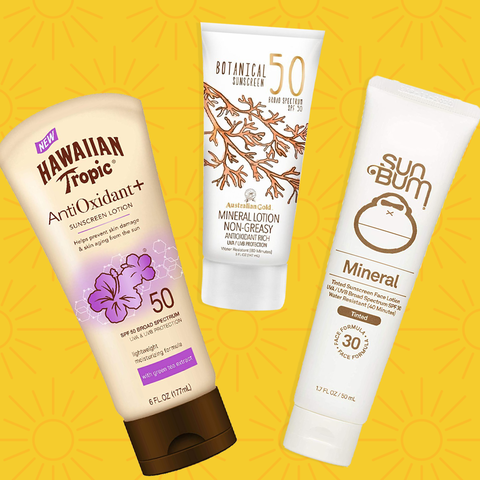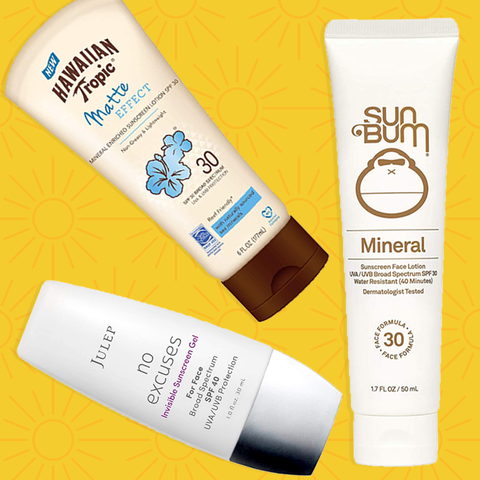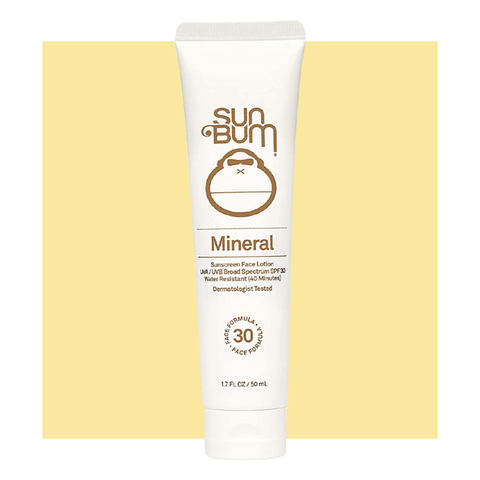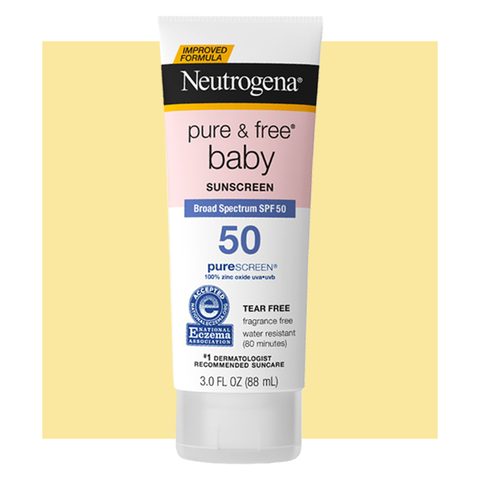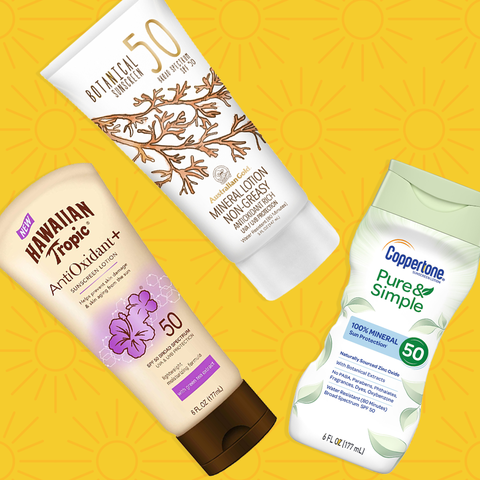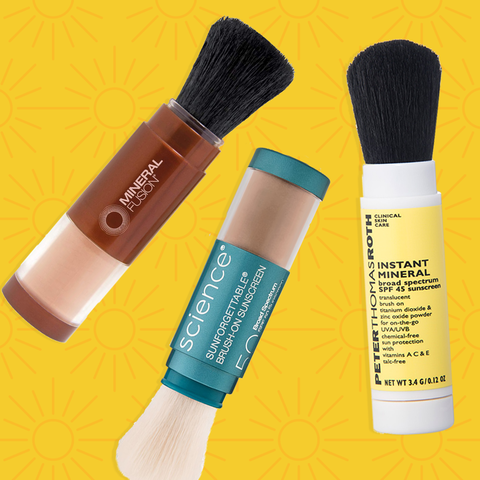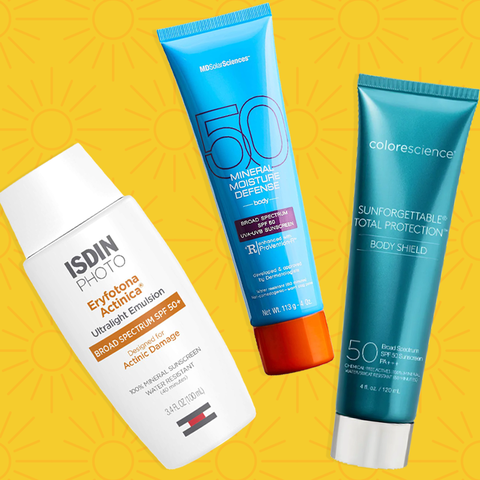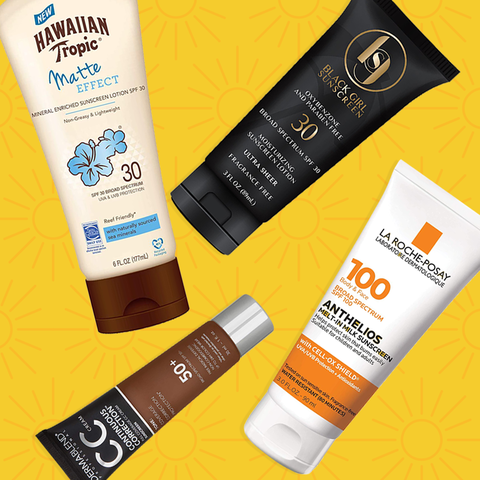With so much information swirling around about sunscreen, it can be head-spinning to know where to start when it comes to using and choosing the best SPF formulas. So the experts in the Good Housekeeping Institute Beauty Lab and top dermatologists have done the work for you, answering your most burning questions about sunscreen basics.
First, what’s in sunscreen and how does it work?
Sunscreens are skincare products that contain active ingredients that protect skin cells from the sun’s ultraviolet radiation, including UVB (the rays that causes burning) and UVA (the rays that causes skin aging), in order to prevent skin damage that can lead to skin cancer as well as signs of aging. Sunscreens work by incorporating either chemical or physical active ingredients (or a combination of both) to protect skin against UV damage.
Sunscreen products can come in various formulas, including creams, lotions, sprays, gels, oils, sticks, mousses or foams and powders, says GH Beauty Lab Director Birnur Aral, Ph.D. “Lotions and creams are the most common forms of sunscreens and very good at delivering sunscreen actives to the skin,” she explains. “They offer by far the most superior protection among the types of sunscreen, as they easily spread onto skin to form a protective film.”
What does “SPF” mean?
“SPF” stands for Sun Protection Factor and is followed by a number (i.e. 15, 30, 50, etc.) that indicates how long it would take the sun’s UVB rays to burn skin when the product is applied as directed on the label versus how long it would take skin to burn without any SPF. For example, an SPF 50 indicates it would take 50 times longer to for skin to burn during sun exposure when wearing the product than when not wearing SPF. The SPF number refers only to the protection provided against UVB rays, so look for the term “broad spectrum” on packaging to ensure the product also protects against UVA rays.
How do chemical and physical sunscreens work?
- Chemical sunscreens are made with chemical active ingredients like avobenzone and homosalate, which work by absorbing UV light that comes in contact with skin, the GH Beauty Lab says.
- Physical sunscreens (also known as mineral sunscreens) contain mineral active sunscreen ingredients like zinc oxide and titanium dioxide, which work by reflecting UV light off of skin. Some SPF formulas include both chemical and physical sunscreen active ingredients.
What is the difference between SPF 30 and SPF 50+ — and which level of SPF is best?
The number on a sunscreen does make a difference, from SPF 30 and below to SPF 50 and above, even if the difference between the numbers themselves seems minimal. “SPF 30 filters 96.7% of UV rays, meaning it allows 3.3% to reach skin, while SPF 60 filters 98.3% of UV rays, allowing 1.7% through,” explains Steven Q. Wang, M.D., Director of Dermatologic Surgery and Dermatology at Memorial Sloan Kettering Cancer Center in Basking Ridge, New Jersey. “So SPF 30 actually lets twice as much UV reach skin as SPF 60.”
The GH Beauty Lab generally recommends erring on the higher side when it comes to choosing SPF because people often don’t apply the amount of sunscreen recommended to receive the full protection labeled on the product’s packaging (one small shot glass full or two tablespoons of SPF for body and a nickel-sized dollop of SPF for face). “Our tests have shown that people apply about one-third the amount of sunscreen necessary to achieve the SPF listed on the label,” Aral says. “So we recommend using at least broad-spectrum SPF 50 to compensate.” High SPF numbers can give a false sense of security, though, so remember to reapply at least every two hours and after swimming or sweating.
Ready to dive even further into sunscreens? Below you’ll find the GH Beauty Lab’s expert guide to the ins and outs of sunscreen, from the latest news on sunscreen safety to the best-tested SPFs you can buy for face and body.

